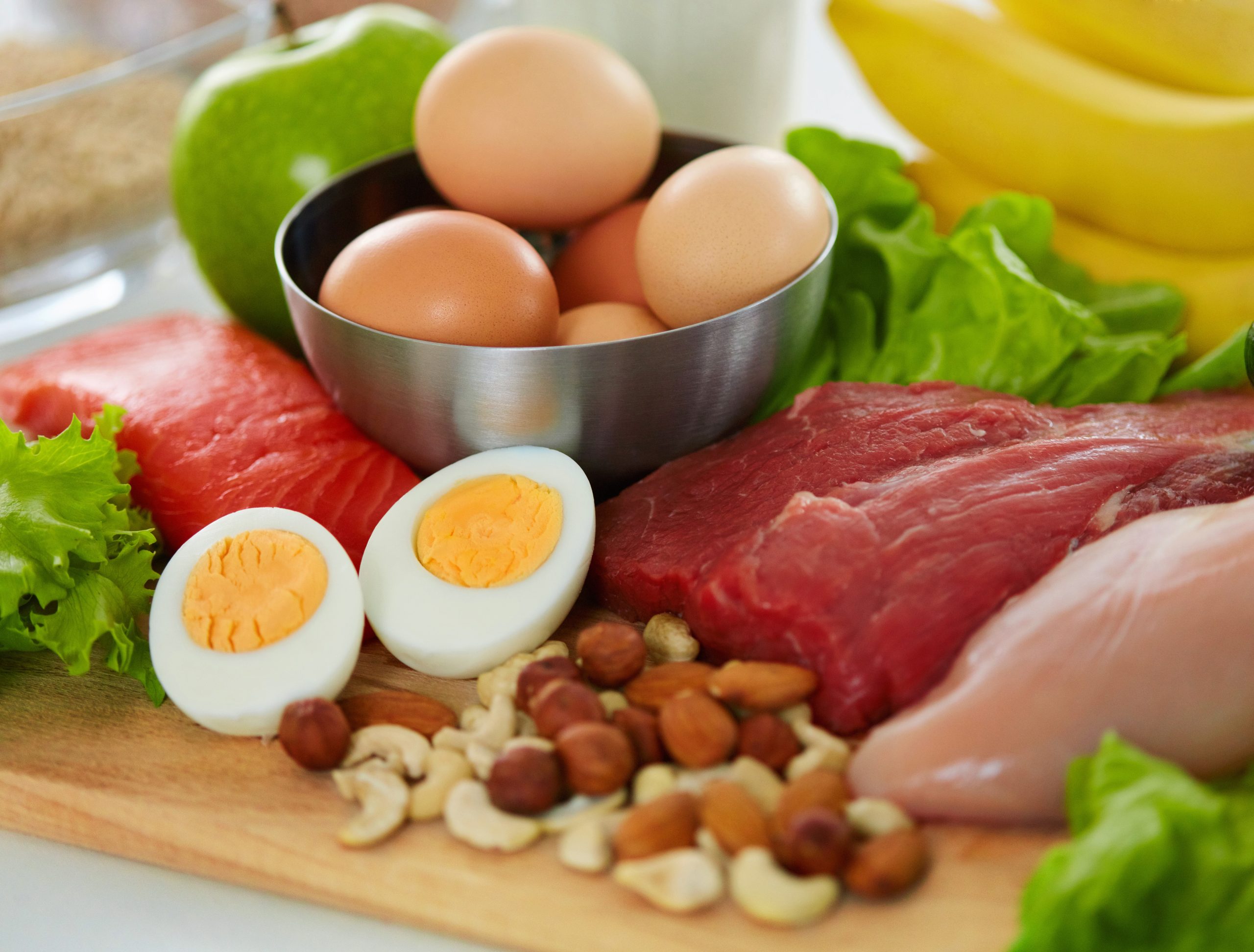Follow us on:

Food Palatability for Cancer Patients
When undergoing cancer treatment, patients may experience undesirable side effects, such as changes in smell and tastes, some of which may persist temporarily after treatment. These side effects can cause food to appear unpalatable, turning food consumption into a burdensome task. With the reduced appetite, patients may all in all decide to reduce their food intake.
However, cancer patients require higher calorie and protein intake compared to non-cancer individuals, putting them at a higher risk of malnutrition. Poor nutritional status can also cause treatments to be delayed, resulting in prolonged hospital stays and reduced ability to tolerate the treatments and their side effects. Therefore, cancer patients are strongly discouraged to reduce their food intake.
In this article, we will share tips and recommendations to increase the palatability of food for cancer patients. The palatability of food may be defined as the quality of a food or drink in terms of its taste, odour, appearance, texture, and temperature which ultimately determines its acceptability.
Tips to increase palatability of food for cancer patients:
- Modify the texture or consistency of food. If patients experience difficulties in chewing and/or swallowing, a blended or pureed diet may aid in swallowing and are better tolerated.
- Choose room temperature or cold food. Often, room temperature or cold foods are better tolerated than hot foods.
- Refrain from nausea-inducing food. Some cancer patients may express their aversion for sweet and salty foods, avoid these foods if it is not well accepted.
- Try sour or tart flavours as they can help to stimulate taste. These include sugar-free lemon drops, gums, mints, seasoning food with lemon or vinegar, citrus drinks.
- Take small frequent meals. For instance, instead of consuming 3 big meals in a day, split the meals into 5-6 small meals.
- Use plastic utensils instead of stainless steel if experiencing strange metallic taste.
- Cook with glass cookware instead of metal.
- Rinse your mouth with 1 teaspoon salt, 1 teaspoon baking soda in 4 cups of water before eating to help foods taste better.
- Practice oral hygiene to ease bad tastes.
- Cover beverages and drink through a straw to reduce smells.
Ensuring good nutritional status is vital for the well-being and health of cancer patients. Cancer patients are advised to consult their doctor or dietitian if food intake is impaired and drastic weight loss is observed. Friends, family, and healthcare professionals play an important role in ensuring that food offered to cancer patients is palatable. Friends and family can also contribute by encouraging cancer patients to eat, taking patient’s enjoyable food preferences into account, and providing a pleasant and comfortable environment during meal times.
The key to maintaining a positive nutritional status of cancer patients is for them to have adequate dietary intake and supportive care, to help them tolerate treatments better and recover faster. To sum up, friends and families of cancer warriors are advised to utilize the recommendations above if applicable and dine more often together in a relaxing and enjoyable setting.
References
- Besser, J., Grant, B. L. (2018) Taste and Smell Changes. American Cancer Society. Retrieved from : https://www.cancer.org/treatment/treatments-and-side-effects/physical-side-effects/eating-problems/taste-smell-changes.html
